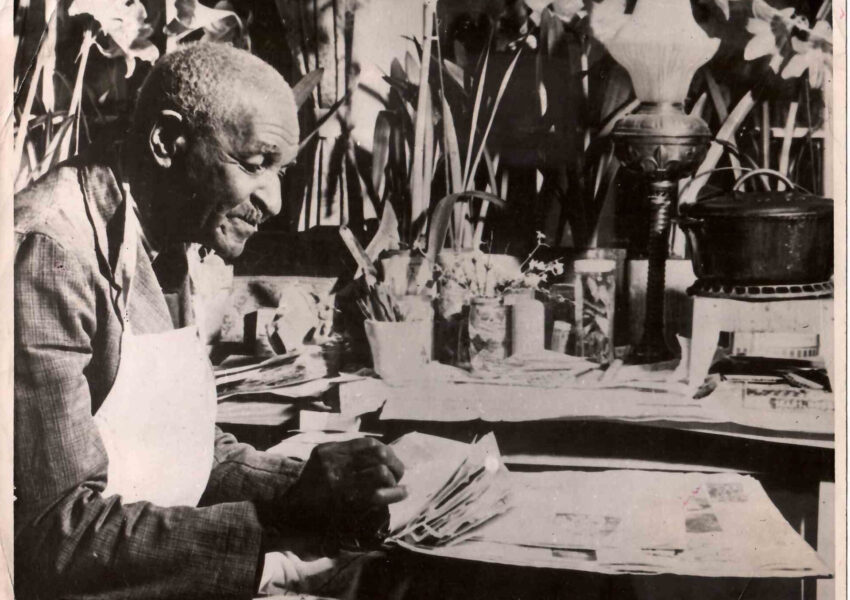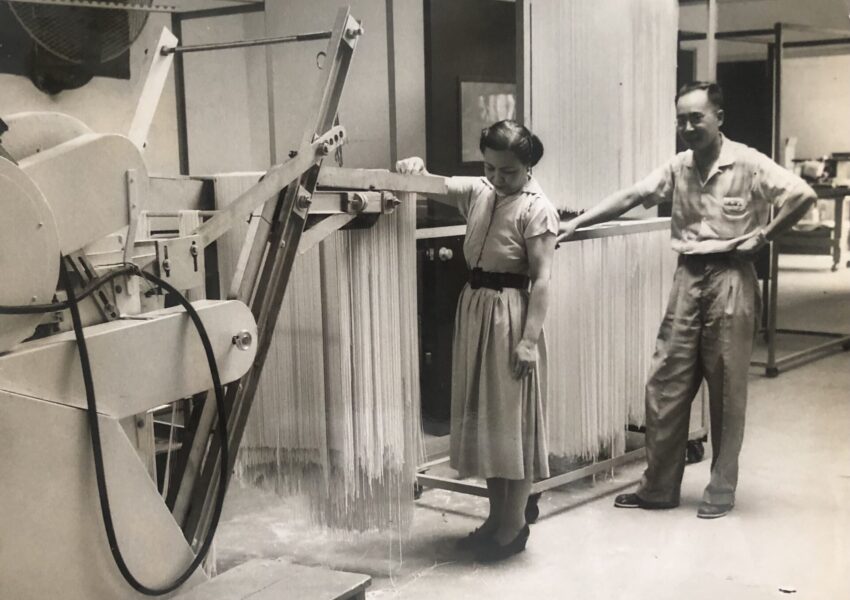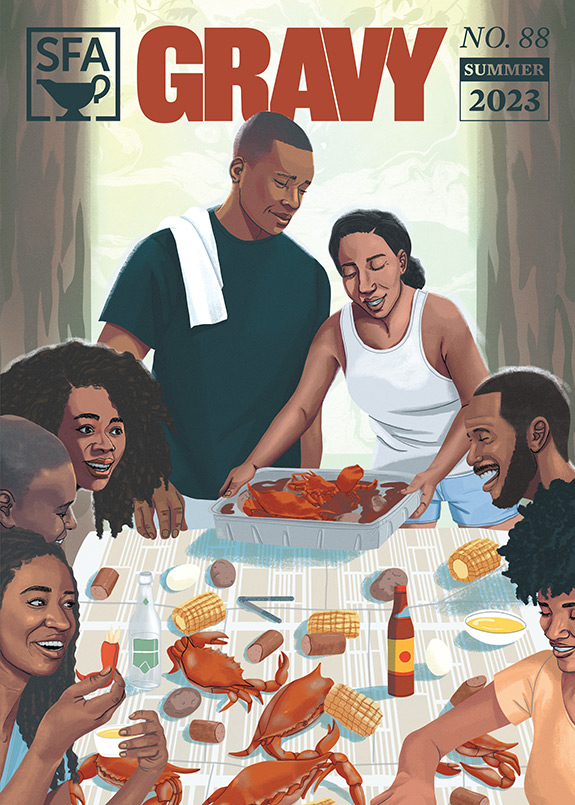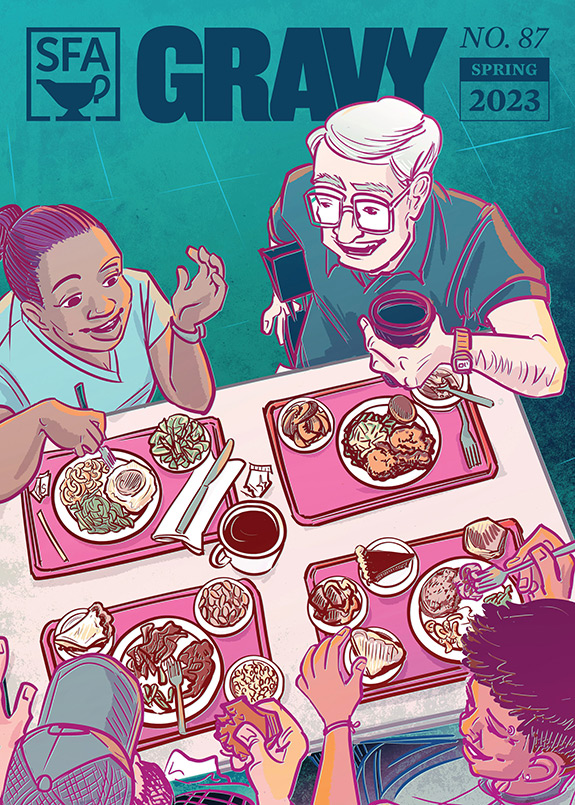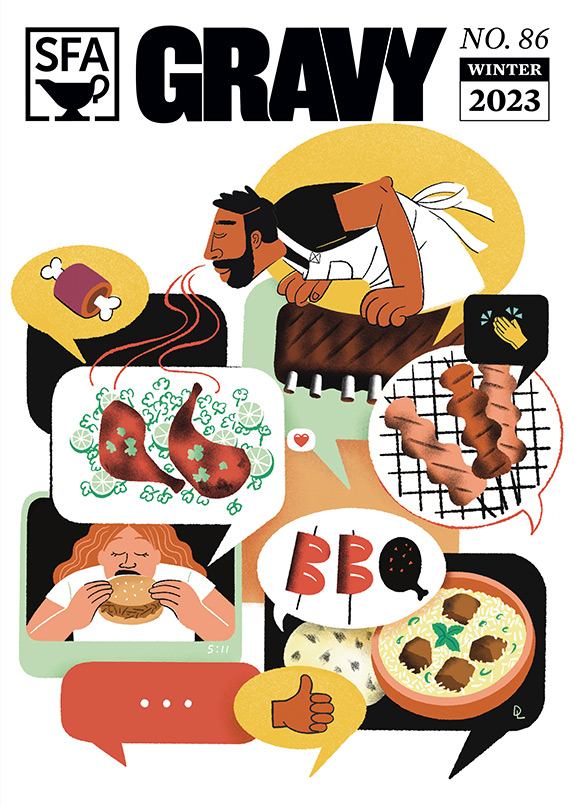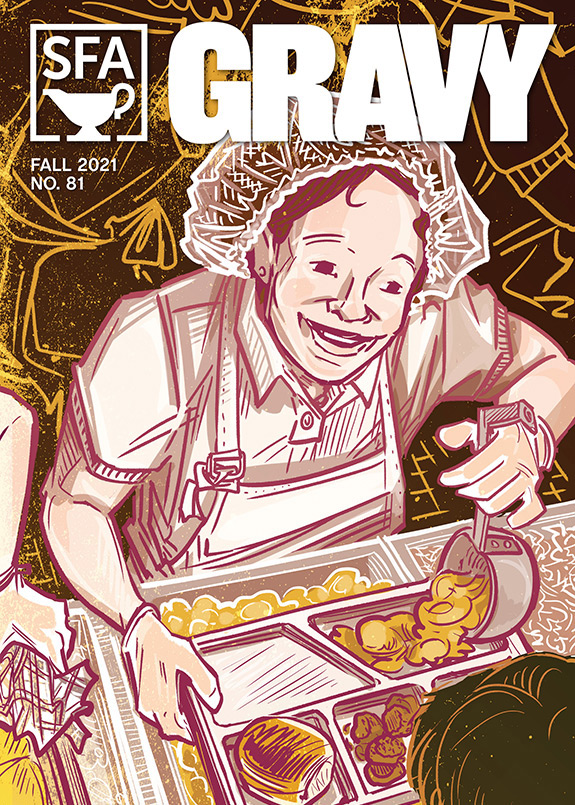The American shad were once as plentiful in the water along the east coast as the buffalo were in the west. But after decades of overfishing and pollution, their numbers plummeted and Virginia outlawed commercial fishing of shad in the 1970s. Now, shad are returning to the Chesapeake Bay, due in part to scientists and waterman who have worked on a restoration project for the fish over the last twenty years. Shad are a keystone in the Chesapeake Bay ecosystem, a food source for animals as varied as other fish, eagles and dolphins. Helping them could help other species rebound, too.
The fish is also important for the Shad Planking, a Virginia political tradition that dates back to the 1930s.

The event started in southeast Virginia with a few men gathering to cook shad on planks (where the name comes from) and talk politics. The Shad Planking eventually was taken over by the Wakefield Ruritans, a civic group, and grew to a popular event that would run out of tickets and have the governor flying in every April for the event. In recent years the numbers of attendees have dwindled. Like the shad, the Ruritans are trying to stage a come back, adding local wineries and breweries to attract a new crowd.
Visit The Wakefield Ruritan’s website for the Shad Planking here.
Jackie Snow is a freelance journalist published by New York Times, National Geographic, Wall Street Journal and others. She lives in Washington D.C.


